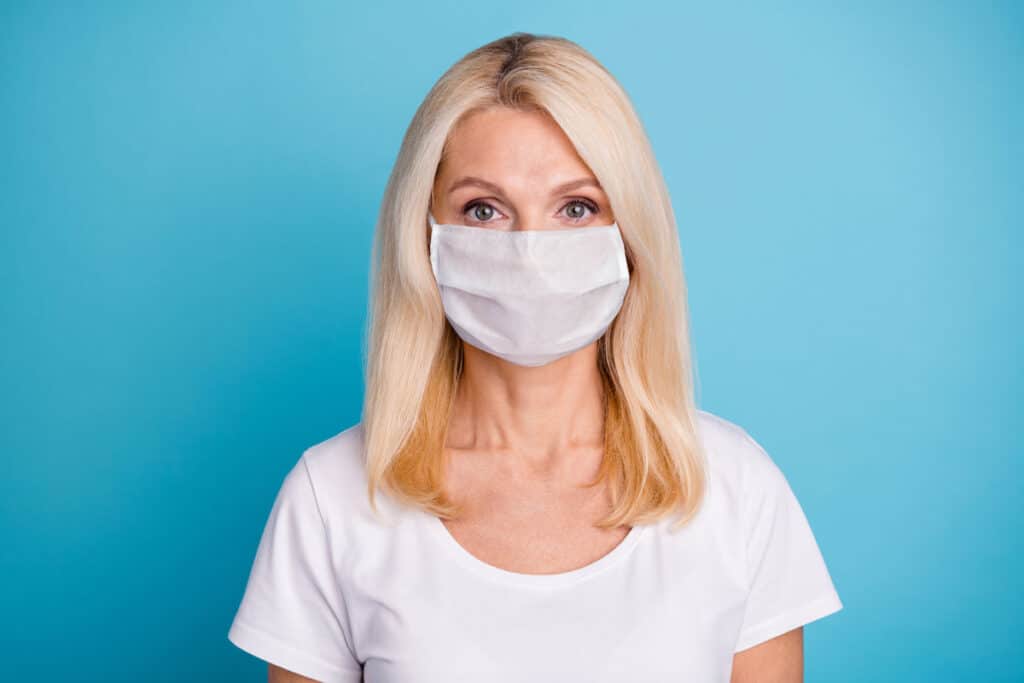Video calls have made it possible to wear pajama pants to staff meetings and nearly any other event. That’s the upside. But going virtual has also made it possible to see fine lines and unflattering angles. In fact, there has never been more interest in plastic surgery, according to observations from surgeons and other professionals in the field.
It’s not that surprising when you think about how working from home could allow for recoveries away from the public eye and the scheduling issues caused by appointments for a few months being rescheduled to accommodate stay at home orders.
The unique way Covid-19 masks highlight our eyes and foreheads has increased patient demand for Botox. About two-thirds of requested non-surgical procedures since the lockdown have been for facial injections of Botox, Dysport, and other Botulinum Toxin Type A fillers. The other third of requests have been for soft tissue fillers like Juvederm, Radiesse, and Sculptra. There’s a new neurotoxin vying for position too. Newtox focuses on reducing deep frown lines between the eyebrows and is also a minimally invasive treatment.
Botox, still the most popular treatment overall, is also being used to treat tension headaches and migraines, which are, not surprisingly, on the rise since the beginning of the pandemic.
Not all of the treatments and plastic surgery are related to the upper face. There has also been an increase in lower facelifts, liposuction, tummy tucks, and just about every other surgical procedure. One reason could be the fact that the pandemic has led many to gain weight or lose muscle tone. Another reason is many are working from home and can recover privately. Surgery can help these individuals feel better about how they look.
Many people are warming up to the idea of plastic surgery of some kind. A recent study by the American Society of Plastic Surgery found that 49% of Americans with no history of previous plastic surgeries are now open to the idea.
No question and no matter what treatment you and your patient are considering, diet and exercise are still important. As patients have more time to observe themselves, whether on a video call or in your real-life mirror, they may also be looking for ways to take action. Discussing the idea with a doctor is also easier now that almost everyone is offering telemedicine to reduce COVID-19 exposure in clinics.
These are all things to keep in mind as clients approach you for treatments in 2021 and can also help you market certain treatments based on the current environment of staying home and wearing Covid-19 masks.

